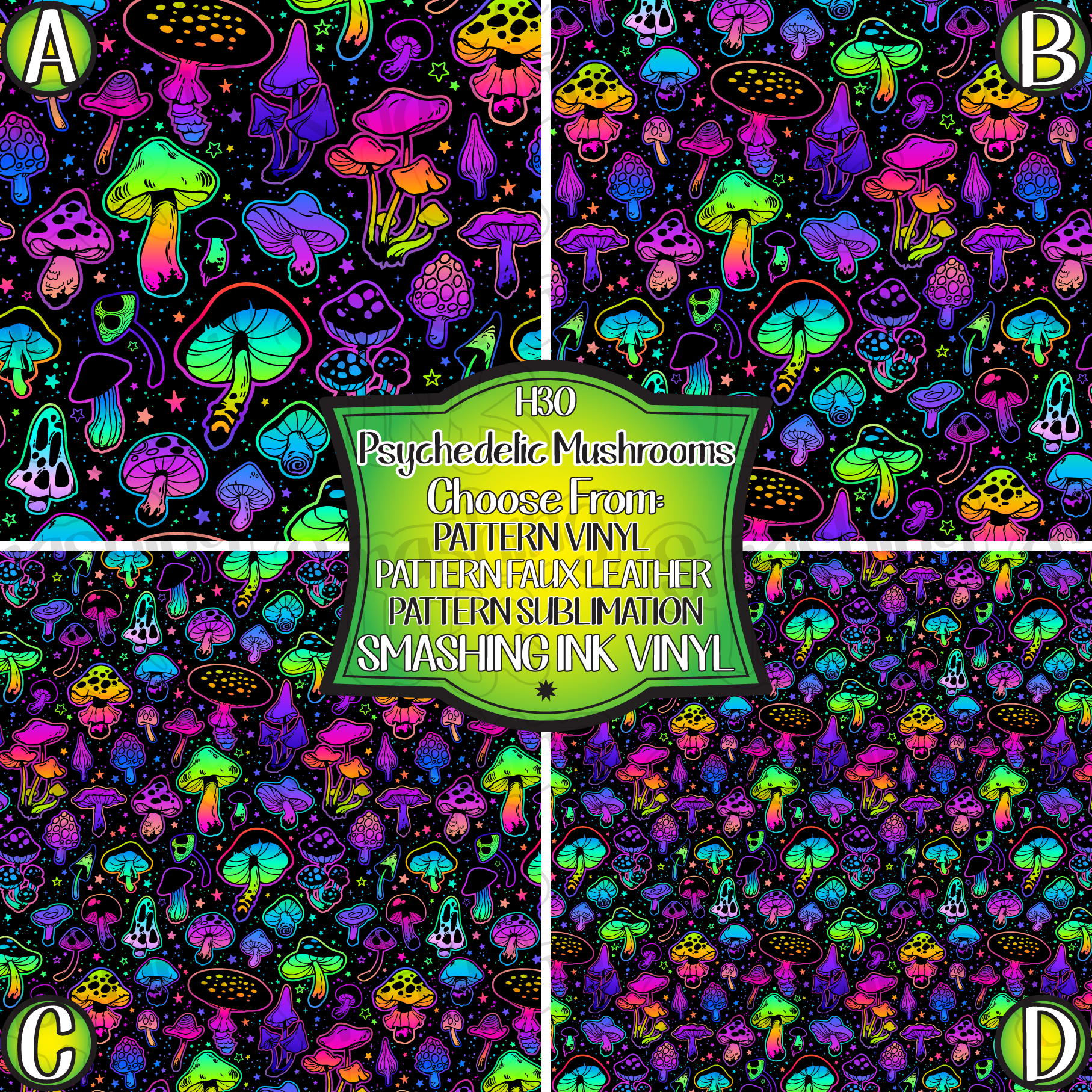All Regarding Psychotomimetic Substances: Their Role in Psychological Research Study
Psychotomimetic compounds, such as LSD and psilocybin, have amassed enhancing passion in psychological research study for their capacity to replicate psychotic signs and give insight right into various mental wellness disorders. Their interactions within the mind, particularly via serotonin and dopamine pathways, recommend a facility connection in between consciousness and neurobiology that might open novel restorative opportunities. As scientists continue to examine their prospective applications, moral considerations bordering their use in medical setups end up being extremely important, raising vital concerns concerning safety and notified approval that necessitate further exploration.
Meaning of Psychotomimetic Substances
In the world of mental study, psychotomimetic compounds are compounds that can induce results resembling those of psychosis, such as hallucinations, delusions, and altered understandings of fact - About Golden Psycho. These compounds can be categorized right into different categories, consisting of hallucinogens, dissociatives, and certain energizers, each producing unique emotional impacts
The medicinal activity of psychotomimetic compounds often entails modulation of neurotransmitter systems, specifically those associated to serotonin, dopamine, and glutamate. For example, materials like lysergic acid diethylamide (LSD) largely act upon serotonin receptors, causing profound alterations in sensory understanding and cognition.
The utility of psychotomimetics in research study hinges on their capacity to imitate psychotic signs, providing a version for recognizing the hidden systems of psychotic disorders such as schizophrenia. By researching the effects of these substances, scientists can obtain understandings right into the neurobiological and psychological procedures that add to psychosis.
Moreover, psychotomimetic compounds have actually been explored for their restorative possibility in treating different psychological wellness conditions, consisting of depression and anxiousness, highlighting their double duty in both study and possible medical applications.
Historic Growth and Context
The exploration of psychotomimetic compounds has an abundant historic context that dates back to ancient civilizations, where materials such as psilocybin mushrooms and peyote were used in spiritual and recovery techniques. These early usages frequently linked with religious routines, recommending a profound reverence for the transformed states of consciousness caused by these substances.
The mid-20th century noted a significant transition in the study of psychotomimetic substances, especially with the synthesis of LSD by Albert Hofmann in 1938. The succeeding popularization of LSD in the 1960s catalyzed a wave of interest in both its mental impacts and possible therapeutic applications. Researchers began to check out just how these materials could imitate psychotic states, supplying understandings right into psychological illness.
Nevertheless, the raising association of psychotomimetics with counterculture movements caused regulatory backlash, culminating in the criminalization of a lot of these compounds. In spite of these difficulties, the renewal of passion in the healing possibility of psychedelics in the 21st century has actually motivated restored study. This historic trajectory emphasizes the advancing assumption of psychotomimetic substances, changing from spiritual compounds to subjects of scientific inquiry and, potentially, healing assurance.
Devices of Activity
Recognizing the mechanisms of activity of psychotomimetic compounds discloses the elaborate ways these materials communicate with the mind's neurochemistry. These substances primarily apply their effects via modulation of natural chemical systems, especially serotonin, dopamine, and glutamate.
Along with serotonin, dopaminergic paths are dramatically influenced by substances like mescaline and specific cannabinoids, which can lead to modified states of consciousness and adjustments in mood and inspiration. The NMDA receptor incongruity observed with substances like ketamine highlights an additional pathway with which psychotomimetics may cause dissociative states and extensive alterations in assumed processes.
The neurochemical cascades launched by these interactions cause complex and diverse psychological results. Understanding these systems is essential for both the advancement of emotional research and the restorative possibility of psychotomimetic substances, as they supply understandings into the underlying neural correlates of modified states of awareness.
Current Study and Applications
Recent investigations into psychotomimetic compounds have revealed a resurgence of passion in their therapeutic applications, particularly in the areas of psychiatry and psychology. Researchers have actually started exploring compounds such as psilocybin, LSD, and ayahuasca for their prospective to ease signs and symptoms related to various mental health and wellness problems, including anxiety, anxiety, and PTSD.
Professional tests have actually shown that, when provided in controlled environments, these compounds can facilitate extensive mental experiences, promoting emotional breakthroughs and boosted healing results. As an example, studies have actually revealed that psilocybin-assisted therapy can lead to substantial decreases in treatment-resistant visit homepage depression, with effects lasting for numerous months post-treatment.
Moreover, psychotomimetic substances are being reviewed for their capability to promote neuroplasticity, potentially enabling more reliable rewiring of maladaptive idea patterns. These findings suggest that such compounds might function as accessories to conventional psychotherapeutic methods, enhancing the efficiency of restorative interventions.
As study advances, the focus is shifting in the direction of recognizing the optimal dosages, therapeutic settings, and individual attributes that can optimize the advantages of these compounds. This burgeoning area holds assurance for changing mental health and wellness therapy paradigms and resolving the limitations of traditional psychological medications.
Honest Factors To Consider in Research

Browsing the ethical landscape of study involving psychotomimetic substances is crucial to making sure individual safety and the stability of research results. Scientists must prioritize educated consent, making sure that individuals fully comprehend the possible risks and benefits linked with the substances being examined. This consists of giving comprehensive info concerning feasible psychological effects, including severe and lasting impacts, and enabling individuals the chance to take out from the research any time scot-free.
In addition, moral oversight by institutional testimonial boards (IRBs) is important. IRBs assess research study procedures to secure individual well-being and promote moral criteria. This scrutiny helps alleviate dangers and makes sure that researches are performed with clinical roughness. In addition, the possibility for threat have to be meticulously click this site analyzed, specifically when at risk populaces are entailed.
Discretion is another paramount factor to consider. Researchers have to carry out robust procedures to safeguard individuals' identifications and information, particularly provided the delicate nature of experiences related to psychotomimetic substances (About Golden Psycho). Ultimately, a commitment to honest techniques not just fosters trust between researchers and individuals yet likewise improves the integrity and credibility of the study results, contributing to the improvement of psychological expertise

Verdict
Finally, psychotomimetic compounds, specifically traditional psychedelics such as LSD and psilocybin, offer substantial insights right into emotional conditions with their special mechanisms of activity. Their healing capacity in attending to problems like stress and anxiety and PTSD highlights the significance of continued study in this field. However, making sure ethical requirements in research methods is essential for individual safety and look at here now notified consent, permitting a liable exploration of these substances' benefits and implications within mental scientific research.